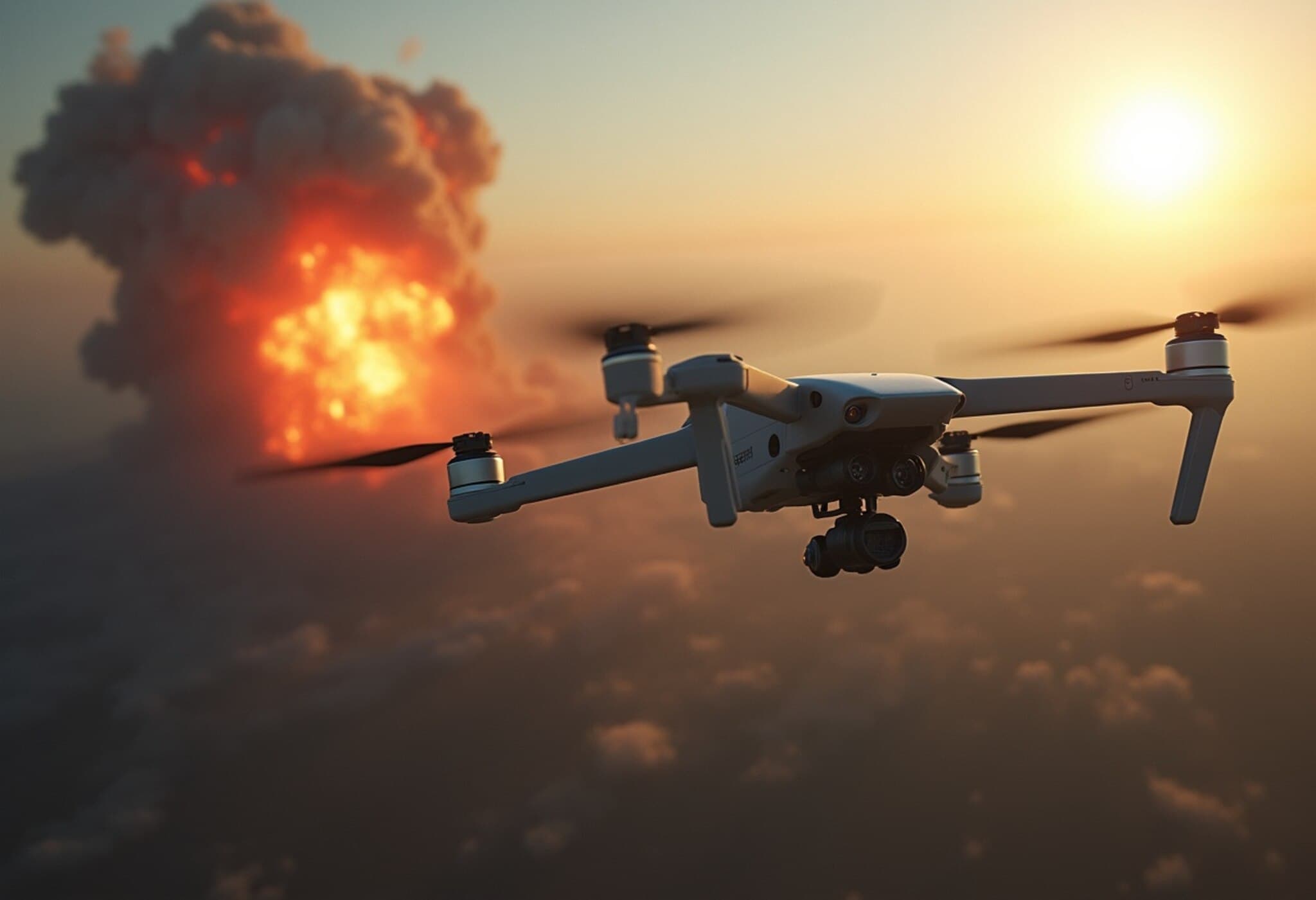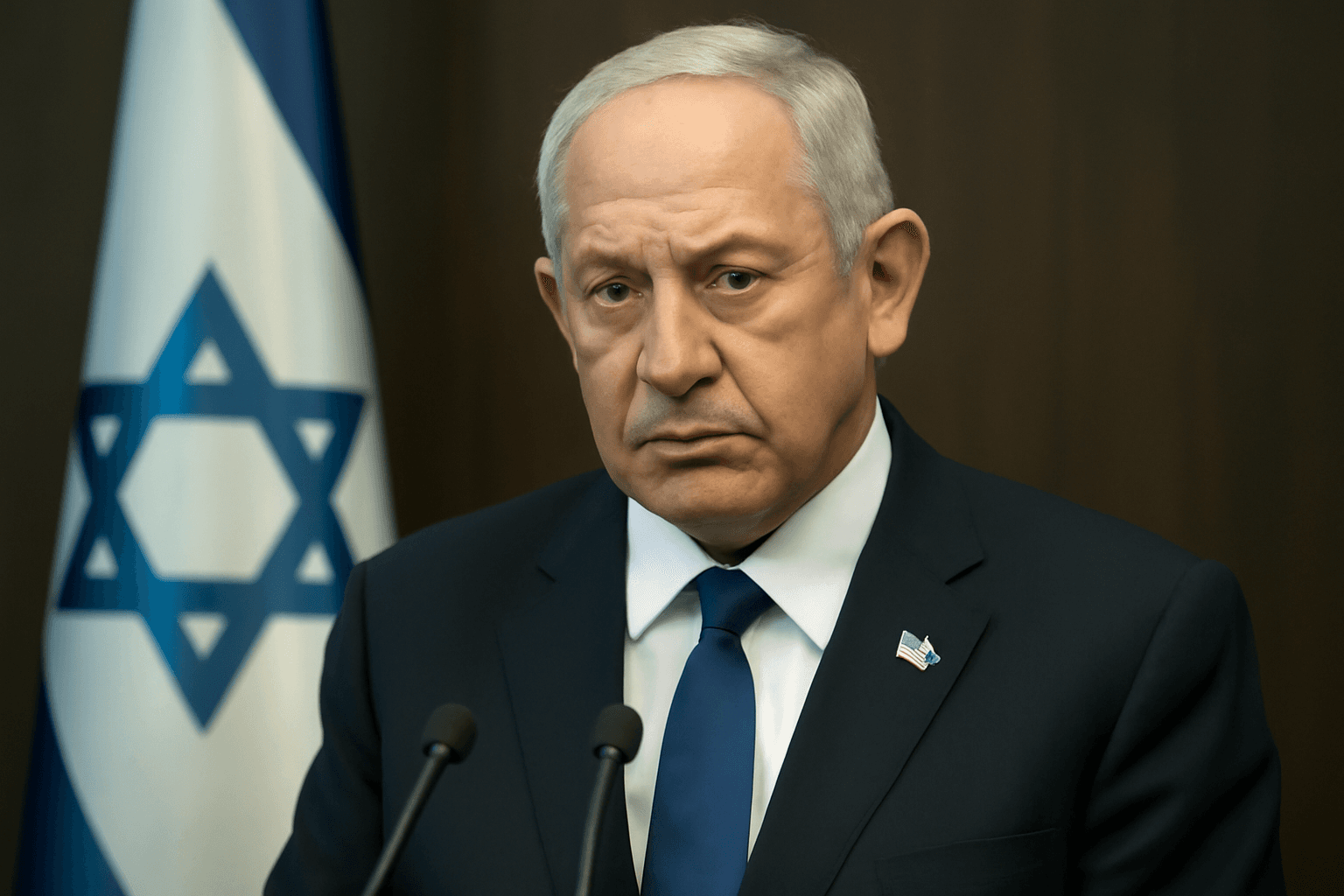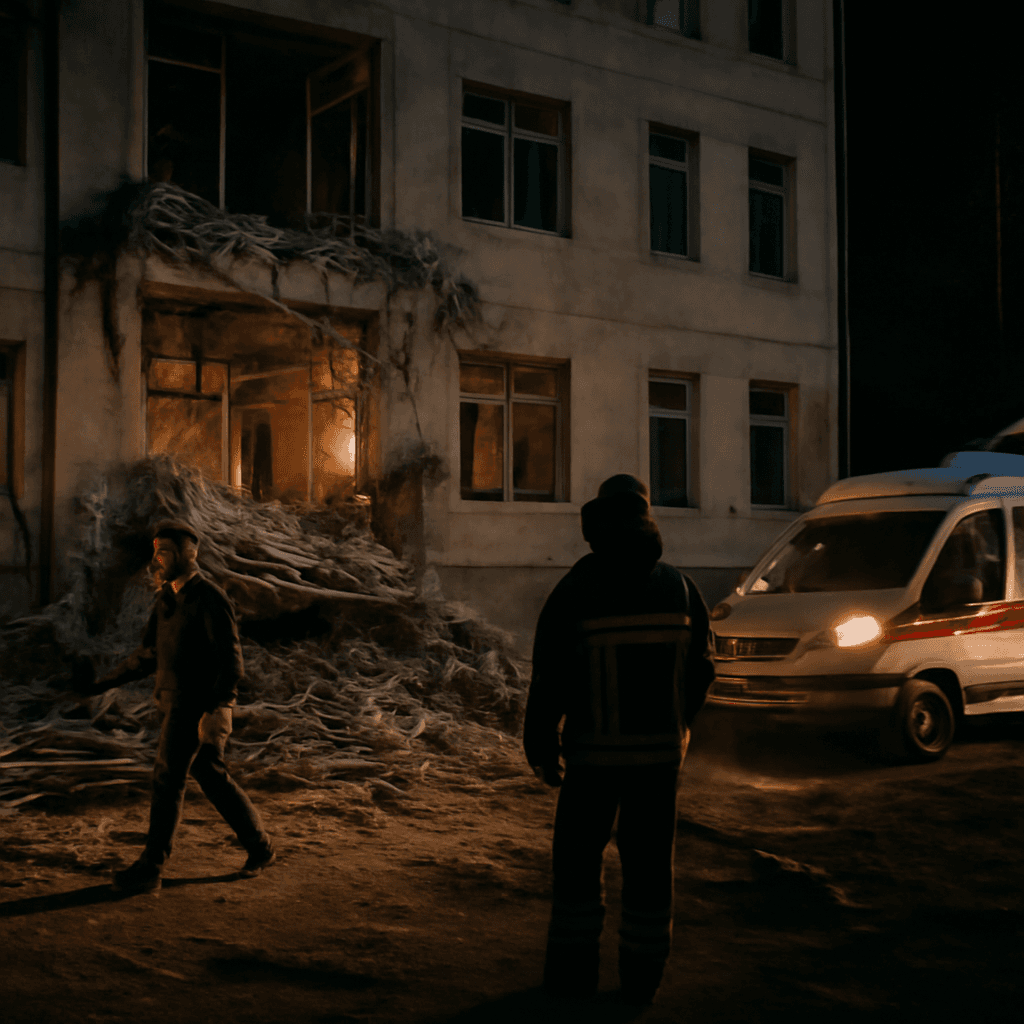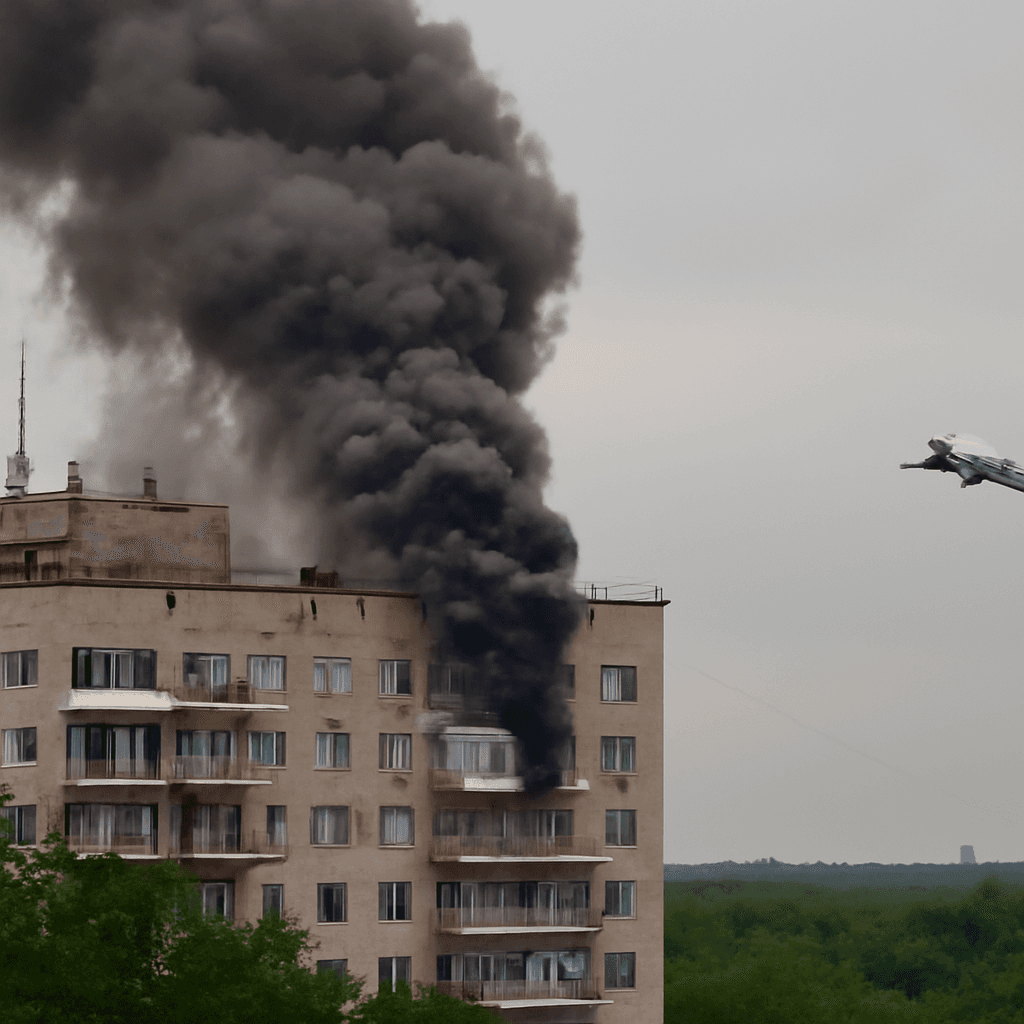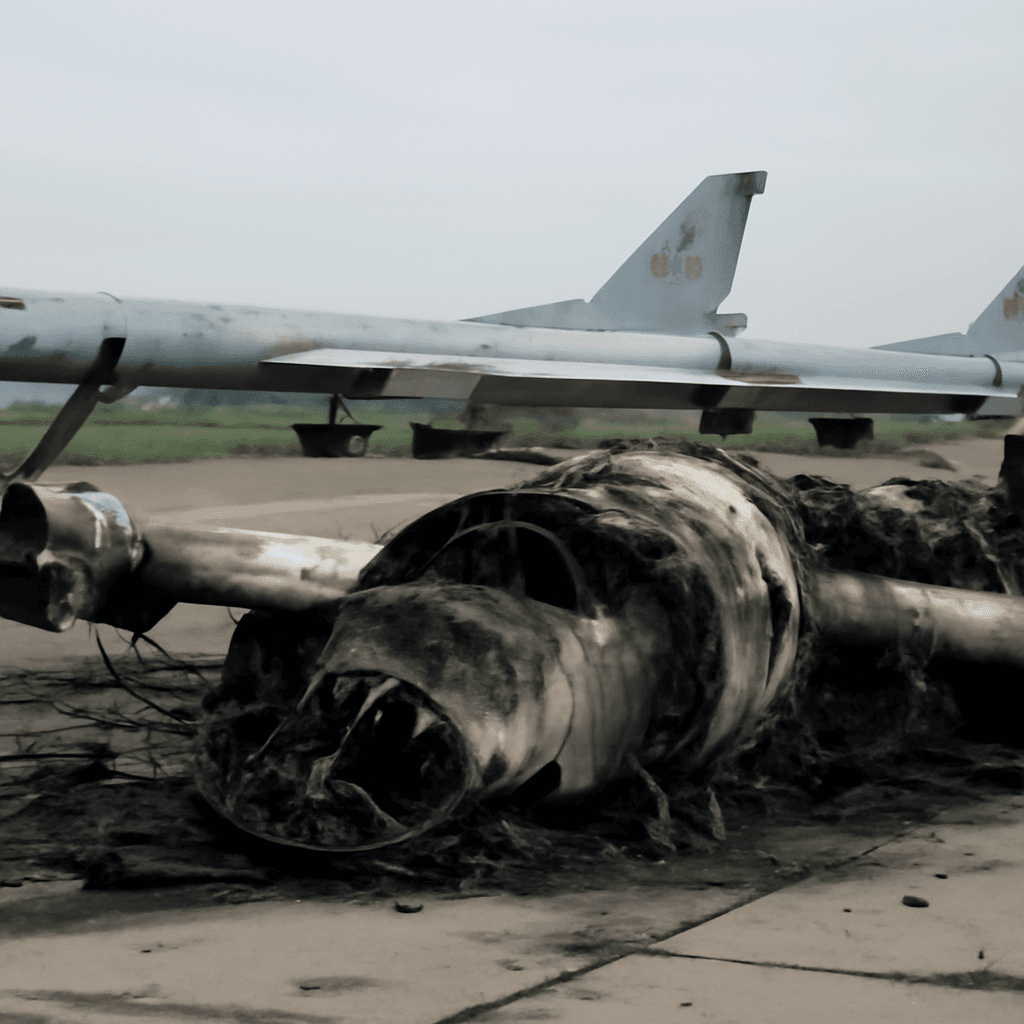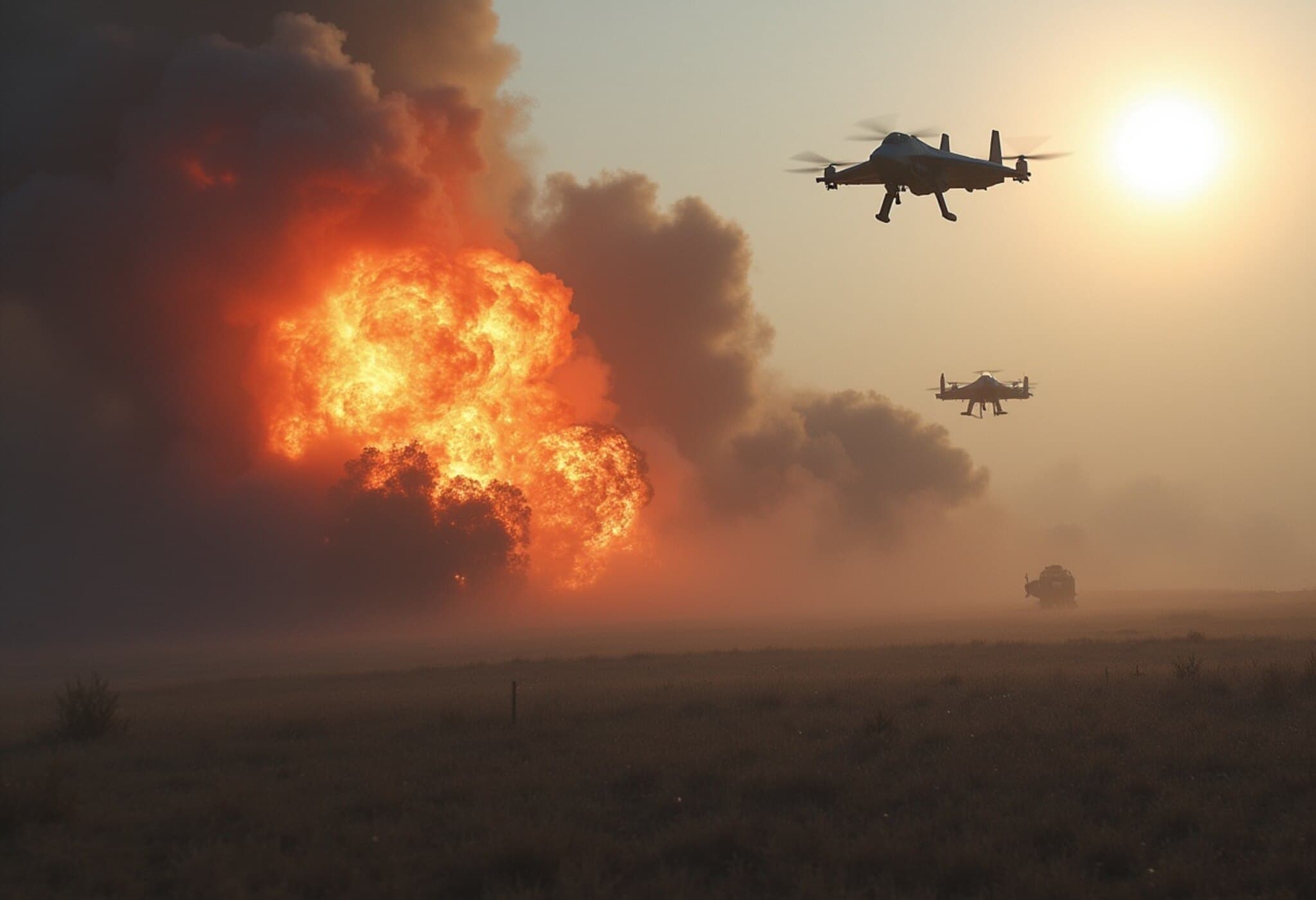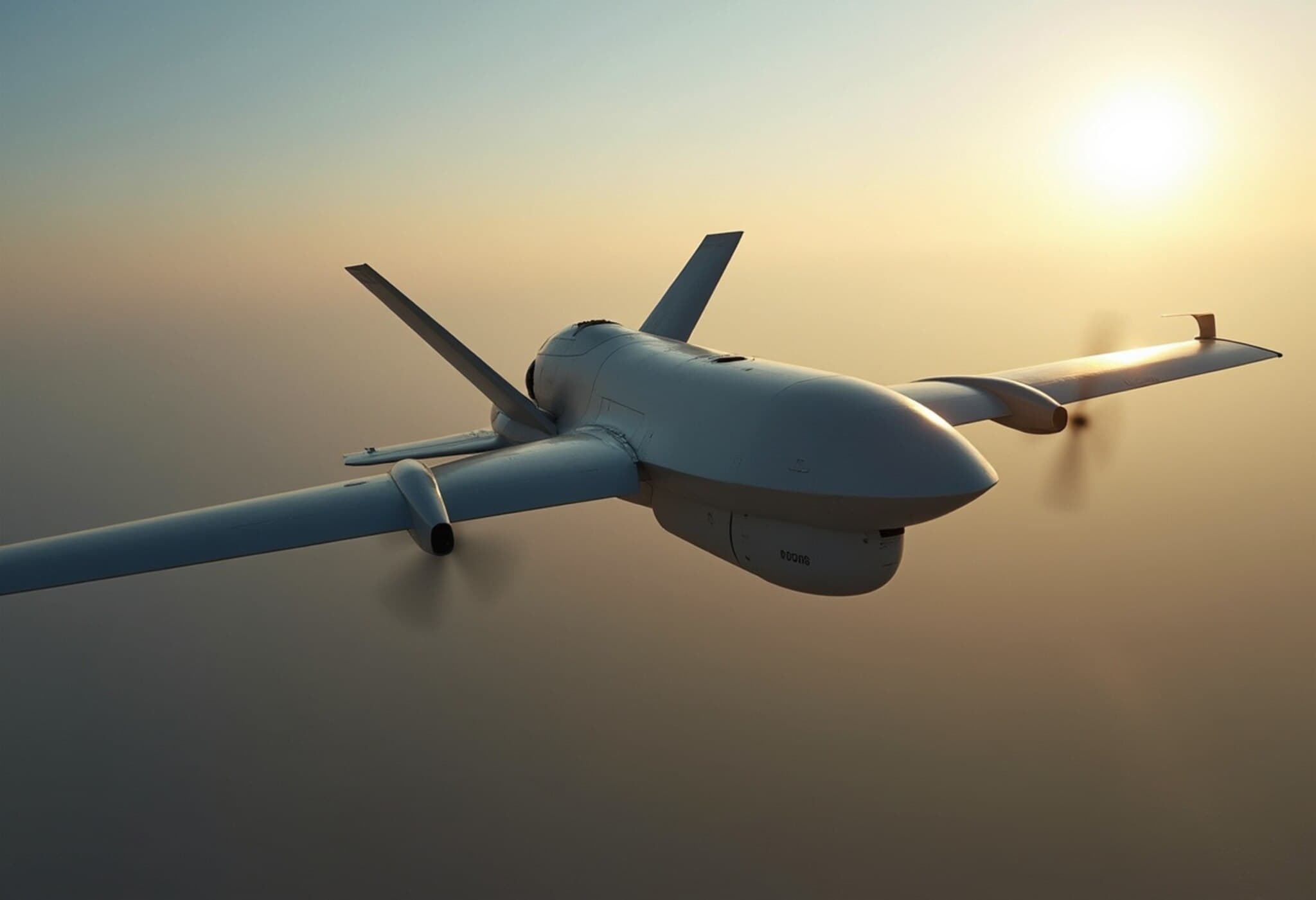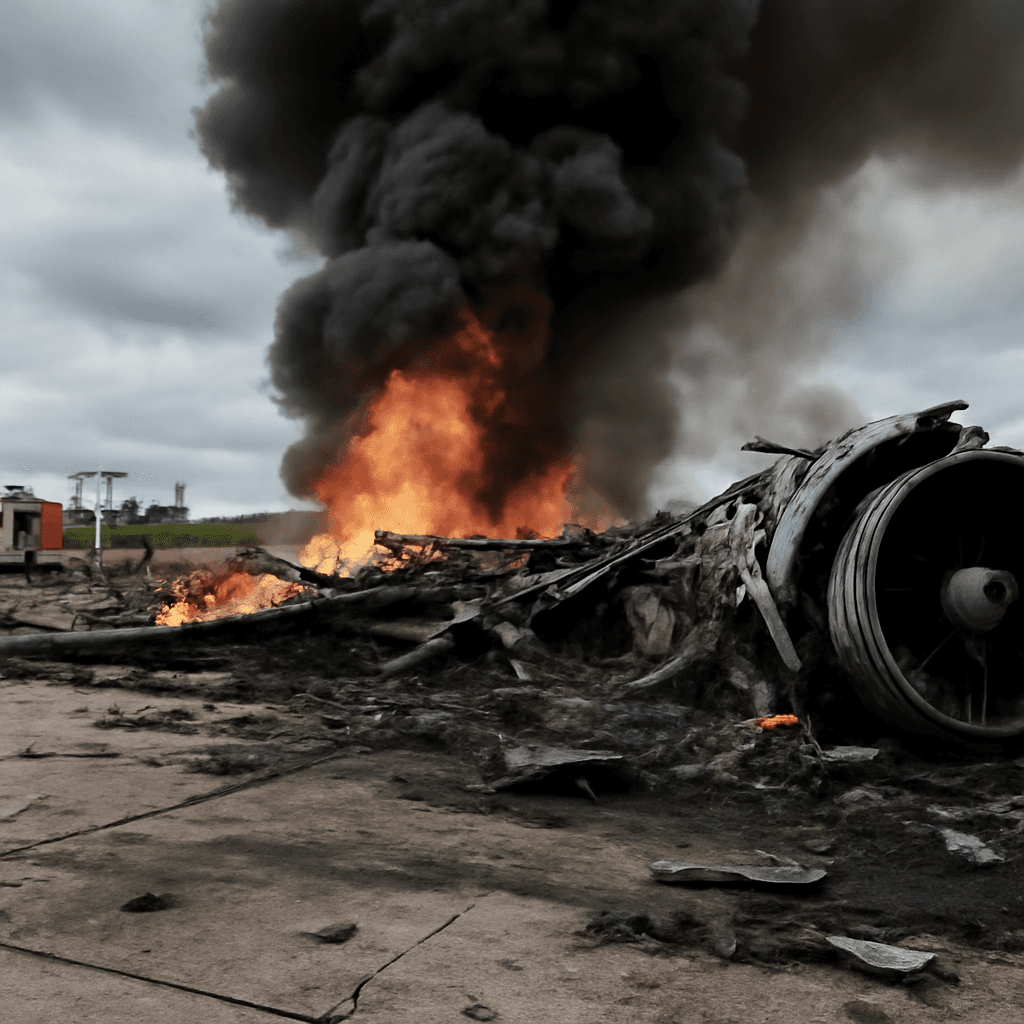Ukraine Launches Precision Drone Attacks on Russian Oil Infrastructure and Military Airfield
In a significant escalation of its long-range drone campaign, Ukraine declared on August 2, 2025, that it had successfully struck critical oil and military sites deep inside Russian territory. These attacks targeted a major refinery in Ryazan and a military airfield in Primorsko-Akhtarsk, both vital to Russia’s strategic operations. The strikes mark a continuation of Ukraine’s increasingly sophisticated use of unmanned aerial systems to disrupt Russia’s war capabilities.
Details of the Attacks and Their Strategic Significance
Ukraine’s Unmanned Systems Forces (USF) announced via their official Telegram channel that their drones hit the Ryazan oil refinery, located approximately 180 kilometers southeast of Moscow. The assault caused a substantial fire, disrupting fuel production at a facility critical for Russia’s military logistics.
Additionally, the Annanefteprodukt oil storage complex in the Voronezh region—close to Ukraine’s northeastern border—was also targeted, undermining Russia’s oil reserves near the frontlines.
The Security Service of Ukraine (SBU) also reported a successful drone strike on Russia’s Primorsko-Akhtarsk military airfield. This base has been instrumental for launching drone assaults deep into Ukrainian territory, making it a strategic focal point for Kyiv’s counteroffensive efforts.
Moreover, the SBU confirmed an attack on an electronics manufacturing plant in Penza that allegedly supplies components to Russia’s defense industry, signaling Ukraine’s broader strategic aim to degrade Russia’s military-industrial complex.
Evolution of Ukraine’s Drone Warfare Capabilities
When the full-scale Russian invasion began in early 2022, Ukraine was largely at a disadvantage, struggling to counter Moscow’s vast and sophisticated long-range missiles and drone attacks. However, over the past three years, Kyiv has developed a potent arsenal of long-range kamikaze drones capable of traveling hundreds of kilometers and delivering explosive payloads with remarkable precision.
This technological leap has allowed Ukraine to hit deep into Russian territory, disrupting critical infrastructure and adding pressure on Russia’s frontline operational capabilities. Experts view these drone campaigns as a disruptive form of warfare that gradually erodes Russia’s logistical backbone, especially in fuel supply and command infrastructure.
Russian Response and Ongoing Conflict Dynamics
Russia’s Defense Ministry reported defending against a wave of Ukrainian drones, claiming to have shot down 338 drones overnight. However, the ministry did not disclose exact launch numbers or acknowledge damage from the Ukrainian strikes, making independent verification challenging. On the Ukrainian side, its air force stated they intercepted 45 of 53 Russian drones aimed at Ukrainian targets overnight, underscoring the intense aerial contest over contested regions.
Meanwhile, the fighting continues across Ukraine’s eastern front. Russian forces announced the capture of the village of Oleksandro-Kalynove in the Donetsk region, advancing their territorial control to nearly 20% of Ukraine’s east and south after more than three years of relentless conflict. This grim statistic reflects the protracted and complex nature of the war, with shifting battle lines and high human costs, including recent missile strikes causing civilian casualties in Kyiv.
Expert Analysis: The Broader Implications of Ukraine’s Drone Strikes
From a military-analyst perspective, Ukraine’s focused strikes on energy infrastructure highlight the critical role fuel plays in sustaining mechanized warfare. Disrupting oil refineries and fuel depots directly hampers Russia’s ability to maintain operations far from its heartland. Furthermore, targeting military airfields used for launching drones curtails Russia’s offensive reach, potentially reducing the frequency and lethality of these aerial assaults on Ukrainian soil.
Strategically, Ukraine’s drone warfare leverages asymmetry—using advanced technology and smarter tactics to compensate for conventional force imbalances. These strikes may also have symbolic value, boosting Ukrainian morale and signaling to both domestic and international audiences their growing military proficiency and resilience.
The attacks raise critical questions about how Russia will respond long-term—whether it will intensify aerial defenses, invest more heavily in counter-drone technologies, or recalibrate its offensive strategies. For the United States and NATO allies watching closely, Ukraine’s innovations underscore the shifting nature of modern warfare and the importance of supporting technological development in contested conflicts.
Summary: The War Continues With New Tactical Dimensions
- Ukraine’s drone strikes hit high-value Russian oil facilities and a key military airfield.
- These attacks indicate Kyiv’s enhanced long-range strike capabilities and strategic targeting of Russia’s energy and military supply chains.
- The ongoing conflict results in heavy losses on both sides, with contested territories changing hands and civilian casualties mounting.
- Experts highlight the importance of such drone campaigns as disruptive tools affecting the broader war dynamics and prompting shifts in military technologies.
Editor’s Note:
As Ukraine continues to push the boundaries of drone warfare, the conflict’s complexity deepens—not just on the battlefield, but in how international powers perceive the future of war. These strikes illuminate the critical interplay between technology, logistics, and morale in modern conflicts, inviting reflection on how long this asymmetric engagement can sustain itself without broader diplomatic resolutions. Readers are encouraged to consider the human toll behind these strategic moves, as well as the evolving global security implications.

